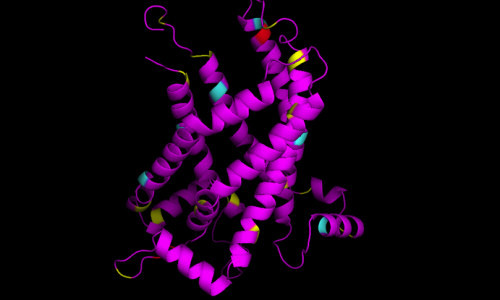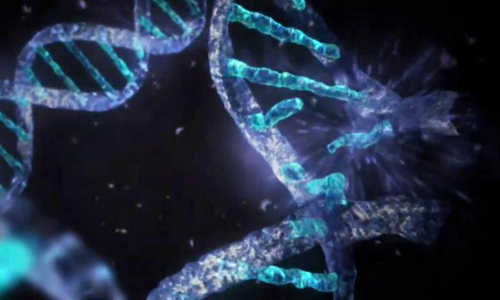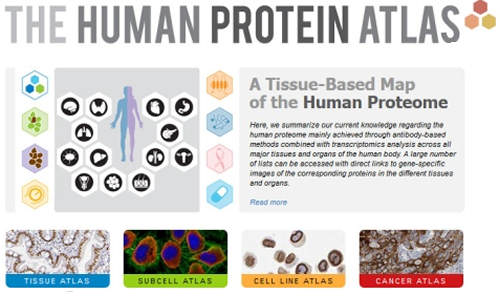The uncoupling Protein 1 (UCP1) is found exclusively in brown adipose tissue. Until some years ago it was thought that only babies and hibernating animals had brown adipose tissue, but since then it also has been found in adults, so UCP1 could be useful in the fight against obesity.
“If we can find out how to regulate this protein, we might also find a way to trigger fat burning in the body,” explains biophysicist Elena Pohl from the Unit of Physiology and Biophysics at the Vetmeduni Vienna.
UCP1 burns energy
UCP1 is located in the membrane of mitochondria, the power plants that fuel every single cell in the body. Cells that require a lot of energy, such as muscle cells, contain many mitochondria. But brown adipose tissue contains even more mitochondria than muscle tissue. In fact, it is the mitochondria that are responsible for the brown colour of this form of adipose tissue. Regular adipose tissue, which is the majority, is white. UCP1 in mitochondria uses the cell’s energy to produce heat. If UCP1 is ‘turned off’ in mice, the animals will freeze. Hibernating animals would not survive the winter if they did not have this protein.
Researchers aim to regulate UCP1
Elena Pohl and her research group are trying to find a way to regulate UCP1. In a project funded by the FWF, they have tested different substances reported to activate UCP1, under them also reactive aldehyde 4-hydroxy-2-nonenal (HNE). Using an artificial cell membrane containing UCP1, the researchers were able to detect the activity of the protein by measuring the electrical conductivity on the membrane. The researchers dripped HNE onto the membrane and found that UCP1 can be activated by HNE only if combined with fatty acids. “In this model, all the ‘players’ are known so we could determine clearly whether the substance influences the protein directly or not. The discovery helps to improve our understanding of the mechanisms that regulate UCP1 and may even lead us to a way to burn body fat,” explains co-author Olga Jovanovic.
Reducing free radicals
Free radicals play an important role in many biological processes, but they also cause cellular damage and play a crucial role in the pathogenesis of various diseases such as cancer, atherosclerosis and Alzheimer’s disease. The research team has also shown that HNE, combined with fatty acids, also has the potential to minimize these damaging free radicals by reducing the membrane potential. “We want to elucidate the molecular mechanisms of UCP. We are still examining various aldehydes and other UCPs. There are five different UCPs and all their functions are not yet fully understood. We hope that our work will contribute to the development of therapies for various diseases.”
Drugs in the battle against obesity
In the 1930s, a substance similar to UCP1 was developed that seemed to promise an easy way of losing weight. The substance was called 2,4-dinitrophenol and, like UCP1, it worked as an uncoupler in the mitochondria of cells. Taken in the right amounts, the drug accelerates the human metabolism by up to 50 percent. However, in some cases it caused serious or even lethal side effects and had to be withdrawn from the market. “If we are able to regulate UCP1 in a controlled way, it might be different story,” says Pohl.
Story Source:
The above story is reprinted from materials provided by University of Veterinary Medicine Vienna (Vetmeduni Vienna).





